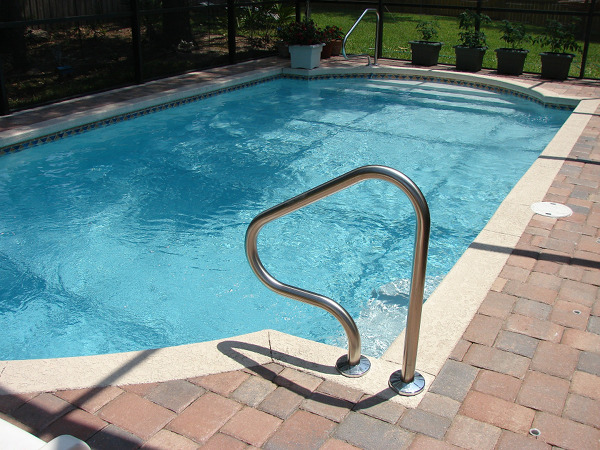
By Joanna Yocampo, MSc in Environmental Science, Biology and Chemistry
Maintaining your swimming pool throughout the year can be a hassle, especially when it’s time to clean and shock it. Shocking is the process of adding chemicals or solutions such as chlorine, calcium hypochlorite, salt, and many more. This is to clean the water from unwanted bacteria and to assist in reaching the advised pH level. The key to proper pool maintenance is not only on how often it needs to be shocked but rather the circumstances that lead to it.
Maintenance
Usually, households shock their pool every other week, but it really should be once a week. Keep in mind the pool is filled with possible contaminants such as saliva, hair, dead skin cells, body maintenance chemicals like lotion and moisturizer, and, as disgusting as it is, urine. There is also a fair chance that your pool is filled with dried leaves, insects, and dirt, making it an accessible habitat for microorganisms. It could quickly go inside our body when we accidentally swallow poolwater or it enters through pores or wounds. We do not want any of this and would rather spend an extra dime on cost-effective supplies than a possible visit to the hospital. One tip to determine the water quality will be to test the water using test strips or a liquid test kit every week. Both of these items are easy to use and are available in your local pool supply stores.
During extreme Heat and after a Heavy Rain or Storm
People may not know it, but extreme heat creates a high dissipation rate of the chlorine level. The same result happens after heavy rain or storm. Rain carries its water that dilutes the level of the pool of chemicals. When left unattended, both conditions will create an opportunity for the bacteria and protist to multiple in the pool, and we do not want that.
Opening and Closing time
Depending on where you live globally, for tropical locations with the only wet and dry season, you close it during the start of the rainy season and open it in summer. For countries with four seasons, pools are closed before winter and open in the spring. Of course, some of us prefer the year-round approach, but for those who give their pool some time off opening and closing are also times for shock. The opening shock is the boost or the cleaning that it needs after not being used. The reason for the shock before closing is to make sure that the pool will have a stable amount of chlorine or any other chemical through the period (minimizing the possibility of higher contamination).
Before and After a Party
It is only polite to shock the pool if you have guests coming over for a party. Keep in mind that you need to give it 24 hours of activation period to make the water pH stable before using it; otherwise, it will cause skin burn or irritation. The shock after the party will be part of your regular maintenance. Think of it this way, if you clean your house after a party, you also need to clean your pool.
Algae Growth
Algae grow into colonies that could be green, brown, yellow, or even black in appearance. Sometimes it is not enough to shock your pool to deal with algae; you need to scrub the swimming pool and drain the water since this microorganism is very adaptive, and each type has its preferred method before you can eliminate it. They are extremely slippery and can harm possible swimmers. The chlorine level should be at 2.0 to 4.0 ppm (parts per million) to avoid it from blooming.
Water Change
When the pool needs a thorough scrubbing, replacing that water will be required, and so will shock. Since you have replaced the water, you also need to give it a chemical boost for your protection. It is better to add it in the evening to avoid dissipation. The ideal amount of chlorine is 1 to 1.5 mg for every 1 liter of water. So, if your pool is 10 m3, you will need 120 grams of chlorine granules. For safety purposes, during dilution, add the granules to water; never water to granules since it may splash to your face.
Keeping poolwater clean is extremely important to avoid harmful Escherichia coli, Salmonella bacteria, and protozoans such as Cryptosporidium parvum and Giardia lamblia. The disinfection that happens is necessary to kill these pathogens and make sure that they don’t form disinfection by-products (combination of pathogens and organic material like dirt, sweat, urine, etc.).